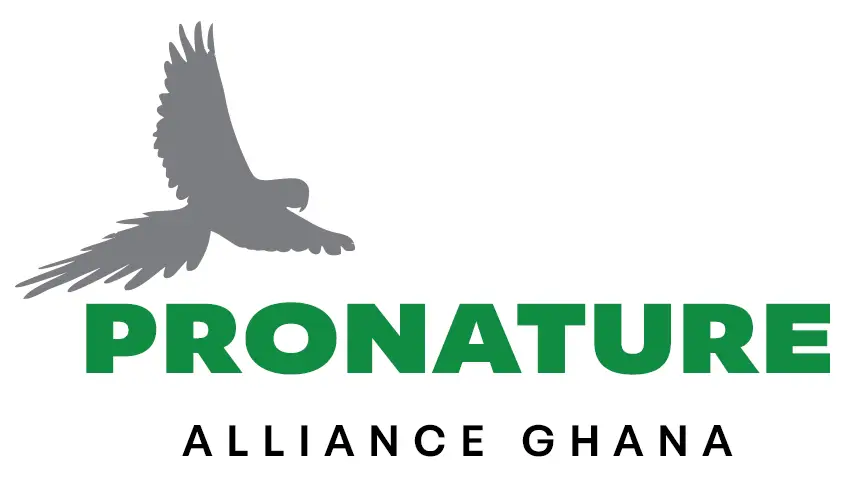Savannah Ecosystem Conservation
Balancing Conservation and Ecotourism in Ghana’s Largest Protected Area: Mole National Park
Protected areas are increasingly expected to justify their existence not only by conserving biodiversity but also by generating economic value through ecotourism. Tourism brings critical revenue and public support, yet its impacts on wildlife, particularly in African protected areas, remain poorly understood.
The Challenge
Mole National Park, Ghana’s largest protected area, is central to both biodiversity conservation and national tourism. With plans underway to expand visitor access into less-visited zones, it is essential to understand how mammals respond to varying levels of human disturbance to ensure that conservation and tourism goals remain aligned.
Our Approach
To evaluate the effects of tourism, we designed a camera trap survey across three zones of Mole National Park:
- Low-tourism areas (minimal human presence)
- Medium-tourism areas (occasional visitor use)
- High-tourism areas (frequent and sustained visitation)
Over 6,050 trap days, camera traps were systematically deployed to document mammal species richness, relative abundance, daily activity patterns, and demographic indicators. The survey design ensured balanced effort across zones and covered a range of habitat types, enabling reliable comparisons.
What We Found
The study recorded 24 mammal species across the park, with several notable trends:
- Species richness and abundance were broadly similar across zones, but distributions differed by species. For instance, kob and buffalo were more abundant in high-use zones, while hartebeest and elephants favoured low-use areas.
- The clearest response was behavioural: many species shifted activity toward nocturnal hours in higher-use areas, indicating avoidance of daytime human disturbance. However, olive baboons and warthogs maintained peak activity around midday.
- Juvenile sightings were highest in low-tourism zones, suggesting that reproduction may be particularly sensitive to disturbance.
These findings indicate that while tourism has not reduced overall species numbers, it is already shaping animal behaviour and potentially influencing long-term population dynamics.
Looking Forward
With tourism set to expand, Mole National Park faces the challenge of balancing economic value with ecological integrity. Based on our findings, we recommend:
- Establishing no-access zones in critical breeding areas.
- Creating buffer zones around high-use sites to reduce disturbance.
- Educating visitors on responsible wildlife viewing practices.
This research represents the first systematic assessment of tourism impacts on mammals in Mole NP. It highlights the importance of proactive management before expanding visitation, ensuring that Ghana’s ecotourism future remains compatible with its conservation legacy. Broader, long-term research across African parks is urgently needed to guide sustainable tourism strategies that support both wildlife conservation and community livelihoods.
